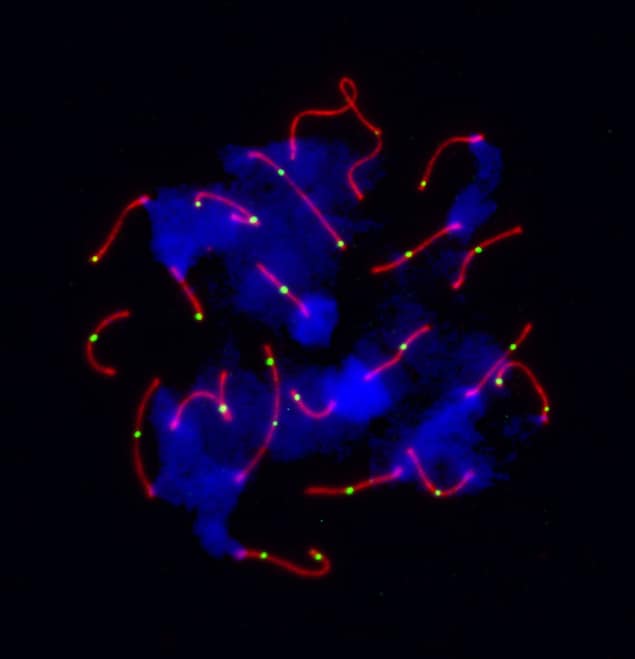
“Bisphenol free” products may not be so safe after all and may even produce the same endocrine-disrupting effects in the body as bisphenols themselves, according to a new study by researchers at Washington State University. The new finding comes 20 years after the discovery – by the same team – that bisphenol-A (BPA) produces chromosomal abnormalities in mice that can be passed on from generation to generation.
“In 1998, mice in our lab, which were housed in polycarbonate cages, were inadvertently exposed to BPA during a set of experiments when someone used the wrong detergent in the cage washer,” explains study lead author Patricia Hunt of the Center for Reproductive Biology at Washington State. “This detergent damaged the plastic and caused BPA to leach out from the cages, which caused a sudden increase in the number of abnormal eggs in normal females. Our finding received a lot of coverage at the time, and BPA became a household word.”
Since then thousands of other studies have also reported on the endocrine-disrupting effects of BPA, and “BPA-free” products, promoted as being safer, have subsequently flooded the market. “Unfortunately, manufacturers have simply replaced BPA with structurally similar bisphenols, and preliminary studies suggest that these chemicals may induce similar effects to BPA itself,” says Hunt.
Strange déjà vu experience
“Following our misadventure with BPA, we switched to a more stable caging polymer, polysulphone (a replacement bisphenol comprised of BPA and diphenyl sulphone), for our lab mice. We have been using these cages for years without incident, but our new study, published in the same journal as last time, Current Biology 10.1016/j.cub.2018.06.070, describes a remarkably strange déjà vu experience.”
Hunt and colleagues made their new discovery during studies of meiosis in male and female mice. Meiosis refers to the process in sexual reproduction by which germ cells divide to produce gametes (eggs and sperm). It is a specialized form of cell division that halves the chromosome number, thus creating four haploid cells, each genetically distinct from the parent cell from which they originate.
In their experiments, the researchers observed changes in “meiotic recombination” with levels in some controls reaching values similar to those in BPA-exposed animals. “Low recombination rates can be lethal because spermatocytes with homologues that fail to recombine face certain death due to a mechanism that arrests and destroys cells with unpartnered chromosomes at metaphase,” explains Hunt.
“Same types of effects on the gamete-making process”
“To our surprise, our data changes coincided with the appearance of physical damage (manifesting itself as white residue) on some of the cages in use in the facility. We tested these cages and found that they were leaching bisphenols. Although not all cages were damaged and we couldn’t determine how the damage occurred, the data changes we observed point to the same types of effects on the gamete-making process that we had previously seen in studies on BPA.”
Gamete formation is controlled by subtle changes in hormone levels, she explains, which makes the process extremely sensitive to the effect of compounds like BPA that can mimic or interfere with our body’s hormones. “We call these chemicals ‘endocrine disrupting chemicals’ (EDCs) and it is becoming increasingly difficult to limit our exposure to them because a growing number of EDCs are contaminating our daily lives.”
Germline effects may impact multiple generations
“Our findings reveal that exposure to common replacement bisphenols induces germline effects in both sexes that may impact multiple generations. They also suggest that chemical contaminants may affect research results. “Reproducibility is essential in science and the confounding effects of these chemicals (which are not usually taken into account in biology experiments) ‘muddy the waters’.”
The researchers say that there are dozens of replacement bisphenols in use today – and that these will need to be tested for their safety. “In addition to this rapidly growing family, we suspect that other classes of EDCs will also have adverse effects on reproductive health,” Hunt tells Physics World. “These include the parabens, perfluorinated compounds (PFCs), phthalates, flame retardants and quaternary ammonium compounds. All these chemicals are not only increasingly being employed in our everyday lives, they are also significant environmental contaminants and as such need to be investigated too.”



